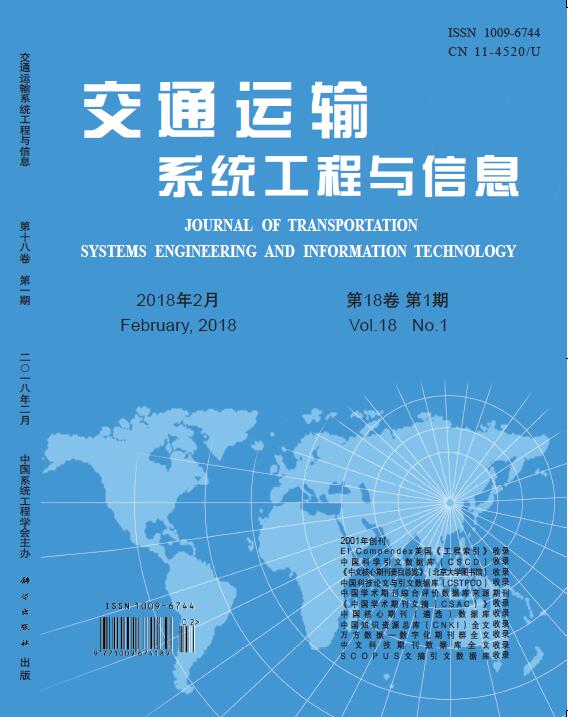Since traditional traffic parameters, such as flow and velocity can be easily obtained from road traffic networks, and alsothe Vehicle Specific Power (VSP)-based approach to calculate vehicle emissions is widely used in the state-of-practice emission models, the modeling results could be used directly in the calculation in emission models, which takes into account the different operation modes of the intersection, thus enabling the dynamic evaluation of emission benefits of traffic networks. Based on the character analysis of the operating mode distribution at intersections, the characteristic parameters of intersection operating modes are identified. Then, the intersection operating mode distribution model is established based on the Partical Swarm Optimization K-Means cluster algorithm. Compared with the real-world data, the errors of the emissions of HC, CO, NOx is 6.08%, 0.80%, 4.18% based on the proposed model, and 38.67%,28.87%, 12.22% based on MOVES respectively.


